|
A Universal Mask Mandate Could Make America Safe Again! In the first blog on face masks I examined the mixed messages surrounding the use of face masks by the general public, and the politicizing of the issue. In this blog I will review the issue of mandating the universal use of face masks, and the types of masks being used. No National Mask Mandate: Dr. Anthony Fauci, a key member of the president’s corona virus task force, has said many times that universal mask wearing is fundamental to stopping the spread of the coronavirus. But the president is against a national mask mandate, implying that it would deny Americans certain freedoms. Yes, we do enjoy many rights and freedoms in this country, but with rights come responsibilities. We are responsible for the safety of our communities and for each other. The president’s best chance of getting reelected is to step up, unite the country, and show true leadership in the fight against COVID-19. Turning the economy around wouldn’t hurt either, and here is where he has a real opportunity. A June 29, 2020 report by Goldman Sachs Research: https://www.goldmansachs.com/insights/pages/face-masks-and-gdp.html, shows evidence that a national mask mandate would reduce the need for broad lockdowns, slow the spread of the coronavirus, and increase GDP. You would think that this would be music to the president’s ears, particularly coming from a conservative institution like Goldman Sachs. But apparently not. A significant portion of individuals with COVID-19 lack symptoms and don’t know they are infected. This is why cloth face masks are most likely to reduce the spread of the virus when they are widely used in public settings. Research published by the “Proceedings of the National Academy of Sciences” examined COVID-19 hotspots in China, Italy and New York City. The research concluded that mandatory use of face coverings significantly reduced the number of infections in these areas, https://www.pnas.org/content/117/26/14857/tab-article-info . The researchers also conclude that “other mitigation measures, such as social distancing implemented in the U.S., are insufficient by themselves in protecting the public”. Since the president won’t put in place a national mandate for the use of face masks, it is up to the individual states to do so, and many have. As of July 31, 2020, approximately 34 states and the District of Columbia have issued some form of mask mandate. There are several sites that are reporting on up to date mask mandates. CNN has a good site, with the specific mandates for each state: https://www.cnn.com/2020/06/19/us/states-face-mask-coronavirus-trnd/index.html . Another website that closely monitors mask requirements in individual states, as well as other countries is: https://masks4all.co/. Of note is the fact that the nation’s COVID-19 epicenter is now Florida, which does not have a statewide mask mandate. This exemplifies the haphazard and ad-hoc way in which the U.S. has approached the pandemic from the start, and it has been an unmitigated failure. We are over six months in, and rather than making progress, the country is sliding backwards. Mandating the universal wearing of face masks is much less painful, and much less costly, than shutting the economy down again. It is up to each citizen to do their part. National leadership on this issue is nowhere to be seen. Not all Face Masks are Created Equal: The coronavirus spreads mainly from person to person through respiratory droplets when an infected person coughs, sneezes, talks, or raises their voice. Medical masks, such as N95s, protect health care workers from catching coronavirus from infected people. Medical masks are regulated medical devices and are categorized as PPE (personal protective equipment). Medical masks should be reserved for health care workers. Cloth face coverings mainly prevent people who have COVID-19 from spreading the virus to others. Let’s take a closer look at these mask types. N95 Respirator (N95s): This type of mask filters out 95% of airborne particles. It is designed to achieve a tight fit and is very efficient at filtering out airborne particles. The CDC does not recommend this type of mask for the general public due to critical shortages. N95s are reserved for health care workers and other medical first responders. They are designed not to be shared or reused, although some decontamination procedures do exist. The FDA has more information on N95s at this link: https://www.fda.gov/medical-devices/personal-protective-equipment-infection-control/n95-respirators-surgical-masks-and-face-masks. Surgical Masks: These are loose fitting and create a physical barrier to prevent airborne contaminants from coming into contact with the nose and mouth. Like the N95, the CDC considers surgical masks to be critical PPE and are not recommended for use by the general public. Surgical masks come in various thicknesses, and are meant to be single use. Like the N95, surgical masks are regulated by the Federal Government. Cloth Facial Coverings (Masks): These are also known as non-medical and fabric masks. They are not considered PPE and are not appropriate substitutes for N95s or surgical masks. Cloth masks are recommended by the CDC for use by the general public to help reduce the spread of the coronavirus. Cloth masks are now available at many online and brick and mortar stores. Many people (including my wife) make their own masks at home. The CDC website has a tutorial on making your own cloth face mask, as well as caring for them: https://www.cdc.gov/coronavirus/2019-ncov/prevent-getting-sick/how-to-make-cloth-face-covering.html. Cloth masks come in a variety of different fabrics (silk, polyester, cotton, felted wool), layering sequences, and shapes. Fabrics with higher thread counts offer better protection, and the more layers of cloth, the better. The WHO has reported on the filtration efficiency, and other considerations on a number of fabrics used in cloth masks: https://apps.who.int/iris/bitstream/handle/10665/332293/WHO-2019-nCov-IPC_Masks-2020.4-eng.pdf?sequence=1&isAllowed=y . It is not required, but the addition of a filter between the layers of cloth adds an additional measure of protection. Some masks are made with a pocket so that filters may be added and removed. The best filters are made from polypropylene HEPA vacuum bags, or AC filters made from the same material. Another common filter is polyester interfacing, available at most fabric stores. Interfacing is a material used to strengthen and stabilize fabrics, and can be cut to size. Coffee filters and paper towels are sometimes used as well, but need to be changed before each use. According to a recent study, a minimum of two layers, and preferably three, are required to prevent the dispersal of droplets from an infected person. A summary of the study, along with video evidence, can be found at https://www.cnn.com/videos/app-health-section/2020/07/23/mask-test-study-wellness.cnn. The WHO also advises that fabric masks should consist of at least three layers of different material: https://www.who.int/emergencies/diseases/novel-coronavirus-2019/advice-for-public/when-and-how-to-use-masks . Other types of facial coverings that offer limited protection include bandanas, scarves and neck tubes or Buffs. The CDC recommends that cloth face masks be washed after each use. COVID-19 is caused by a novel (new) coronavirus, and our knowledge about it is increasing daily. We need to heed the advice of the scientific and medical communities, not politicians. The biggest decision of my day is which mask to wear! Don’t leave home without one. If you want a good laugh, and who doesn’t these days, check out this great video from Randy Rainbow: https://www.youtube.com/watch?v=6kOesPt7iBY . If you enjoy reading this type of commentary please subscribe to my blog and tell a friend. You will receive an email notification when new blogs are posted. The email will come from the site’s email: [email protected]. Thanks, Armchair American
0 Comments
No President Allowed Without a Face Mask! I have received a lot of great feedback on the first blog post “Vote 2020”. I agree it was too long and should have been broken up into two or three separate posts. The next topic I will explore is the use of face masks during the coronavirus pandemic. I have split it into two posts for easier consumption. The evidence is clear, wearing facial coverings or face masks, helps to reduce the spread of coronavirus. I can’t find an epidemiologist, infectious disease specialist, or public health official who disagrees with this. I wear a face mask every time I leave the house, but many people don’t. Why is wearing a face mask still controversial, and why did a health crisis turn political? Here we are six months into the pandemic. Many states are experiencing increasing cases of COVID-19, and hospitals are nearing capacity in several major cities in Florida, Arizona, Texas and California. So how did we get here? We have received mixed messages on the coronavirus (SARS-CoV-2) since it was first detected in the U.S. in January. The virus was novel (new) and there was not much known about it. The coronavirus causes the Coronavirus Disease 2019 (COVID-19). During the early months of the pandemic, information coming out of the World Health Organization (WHO), the Centers for Disease Control and Prevention (CDC), and the Trump Administration, has caused a lot of confusion. This was particularly true regarding the use of face masks. We were first told not to wear face masks, now we are encouraged, but not always required to wear them. Here’s what some of these agencies and federal officials had to say: World Health Organization (WHO): The WHO first provided guidance on the use of face masks in a report entitled “Advice on the use of masks in the context of COVID-19: Interim guidance” dated January 29, 2020. This report stated that “There is currently no evidence that wearing a mask (whether medical or other types) by healthy persons in the wider community setting, including universal community masking, can prevent infection with respiratory viruses, including COVID-19”. It wasn’t until June 5, in an update to this guidance report, that the WHO tepidly sanctioned face mask use by the general public (https://apps.who.int/iris/bitstream/handle/10665/332293/WHO-2019-nCov-IPC_Masks-2020.4-eng.pdf?sequence=1&isAllowed=y). The report acknowledged that the WHO’s change in stance was due to observational evidence in several countries that face masks might help to reduce the spread of the COVID-19 virus. In this report the WHO also acknowledged that airborne transmission of the COVID-19 virus is possible. But the organization stuck to their belief that most transmission occurred from symptomatic people in close contact with others. We would latter learn that a significant amount of transmission is occuring from asymptomatic and pre-symptomatic people, bolstering the need for widespread use of face masks. Centers for Disease Control and Prevention (CDC): This federal agency is the Nation’s top public health agency and is headed by Dr. Robert Redfield, a presidential appointee. The CDC is the lead agency in tracking and responding to epidemics and emerging pandemics. Since the coronavirus is new and was only identified in China in January, the CDC was chiefly reliant upon the WHO for information. The CDC took the WHO’s lead on not recommending face masks for the general public. This became the stance of our federal government during February and March. On April 3, 2020 the CDC announced new guidelines. These new guidelines recommended that the general public should wear nonsurgical cloth face coverings when out in public, when social distancing of 6 feet or more is difficult to maintain (https://www.cdc.gov/coronavirus/2019-ncov/prevent-getting-sick/cloth-face-cover-guidance.html). It is important to note that these are recommendations, and there is no requirement to follow them. U.S. Public Health Service (USPHS): This federal agency is headed by Surgeon General Jerome Adams, a presidential appointee. In a February 29, 2020 tweet, the Surgeon General wrote “Seriously people. STOP Buying Masks! They are NOT effective in preventing general public from catching #Coronavirus…”. He reversed course on April 3, 2020 to come in line with the new CDC guidelines. Dr. Anthony Fauci: Dr. Fauci is the director of the National Institute of Allergy and Infectious Diseases (NIAID). Dr. Fauci is a career civil servant and can’t be fired by the president. He serves in an advisory role and is a key member of the president’s corona virus task force. Dr. Fauci has been a clear and reasoned voice on the task force, and during the early months of the pandemic Dr. Fauci was in agreement with the CDC regarding the use of face masks. But he has since admitted that the delay in recommending general mask use was motivated by a desire to conserve dwindling supplies for medical professionals (https://www.thestreet.com/video/dr-fauci-masks-changing-directive-coronavirus). Dr. Fauci is now an ardent supporter of the use of face masks by the general public, and he has often been at odds with President Trump over the government’s response to the coronavirus. President Trump: Even as the CDC and the president’s own coronavirus task force changed their tunes on the use of face masks, the president remained resistant. During the spring and early summer, the president made public appearances in Michigan, Oklahoma, Florida, Arizona, and South Dakota without wearing a face mask, despite local mandates to do so. Many Trump supporters who attended these gatherings modeled the president’s behavior by not wearing face masks. Turning the wearing of face masks into a partisan issue falls squarely on the president. The mocking of Joe Biden for wearing a mask, and refusing to wear a mask in public, was reckless and a failure of leadership. Even the urging of fellow republicans to change his stance, fell on deaf ears. Perhaps Senator Alexander, R-Tennessee said it best, “Unfortunately, this simple, lifesaving practice has become part of a political debate that says: If you’re for Trump you don’t wear a mask. If you’re against Trump you do”. But Alexander’s suggestion that the president set an example for his millions of admirers, did not sway him. According to an Ipsos poll taken in June (https://www.ipsos.com/en-us/news-polls/newsy-COVID-19-June), 60% of Democrats and 34% of Republicans responded that they wear a mask at all times. The poll also reported that 74% of Americans agree that President Trump should wear a face mask in public. President Trump finally wore a face mask in public on July 11 while visiting Walter Reed National Military Medical Center. But this did not stop the mixed messaging coming from the president and his administration. In an interview with Chris Wallace on Fox News Sunday earlier this month, the president said that he was against a national mask mandate. “No, I want people to have a certain freedom, and I don’t believe in that. No, and I don’t agree with the statement that if everybody wears a mask everything disappears”. By this time the Director of the CDC, the Surgeon General, and Dr. Fauci were practically pleading with the American people to wear face masks in public. The president appears to have finally caught up to his health experts on July 20 when he tweeted a picture of himself wearing a face mask, with the message “We are United in our effort to defeat the Invisible China Virus, and many people say that it is Patriotic to wear a face mask when you can’t socially distance. There is nobody more Patriotic than me, your favorite President!”
Why did the simple act of wearing a face mask become political, and why did the president finally change his tune? President Trump is a politician (although I doubt that he would admit it), and the business of politicians is to get elected and to stay in office. The president is in the middle of a tough reelection campaign, and will often water down the truth and deflect negative news. Prior to the pandemic, President Trump planned to ride his way to reelection on the strength of the economy. As any modern-day politician knows “It’s the economy, stupid”, as coined by Bill Clinton’s campaign strategist James Carville. It is difficult to unseat an incumbent president when the economy is doing well, and it was doing great prior to the pandemic. Unemployment was low and stock market indices were near all-time highs. The global pandemic started to rock financial markets at the end of February, and unemployment began to soar as cities and states began to lock down in March and April. But no matter how much the president tried to ignore the pandemic and wish it away, it only got worse. He simply didn’t want to shine the spotlight on the double-digit unemployment, negative GDP growth, and the financial market turmoil. But what he failed to realize, is that the American people tend to rally behind their leaders in times of crisis, and we are in the middle of a health and economic crisis. Nobody blames the president for the pandemic, just his lack of leadership in the handling of the crisis. If the president showed strong leadership in the face of these two crises, he would be less vulnerable in the upcoming election. It would take several months before the president realized that the new election mantra had become “It’s the coronavirus, stupid”. President Trump could no longer ignore his negative poll numbers. In a July poll by ABC News and the Washington Post, the president’s approval of his handling of the pandemic had fallen to 38%. (https://abcnews.go.com/Politics/64-distrust-trump-coronavirus-pandemic-approval-declines-cases/story?id=71779279). Wearing a facial covering while in public spaces is crucial to slow the spread of coronavirus. But facial coverings are not 100% effective. In order to minimize your exposure, it is also important to maintain social distancing of at least 6 feet, and to practice proper hand sanitation. Wearing a face shield or other eye protection is also recommended when in contact with individuals known, or suspected of having COVID-19. In the next blog post I will explore the different types of face masks and the issue of mask mandates. If you enjoy reading this type of commentary please subscribe to my blog and tell a friend. You will receive an email notification when new blogs are posted. The email will come from the site’s email: [email protected]. To comment click on the blue link below. Thanks, Armchair American Here it is the third week of July, and it is ramping up to be the summer of our collective discontent. We are in the midst of a worldwide pandemic, the economy is in a shambles, protests against police injustice occur nightly, civil war monuments are being toppled, and dozens of our citizens were killed by firearms over the 4th of July weekend. The citizenry of this country should be discontented, if not downright outraged. Contentment leads to complacency, and this is not a time to be complacent. Black Lives Matter was considered by some to be a fringe radical group when it started in 2013. Today it is an international movement with support from people of all races. It is an example of a group of people getting together in common cause, and raising awareness of racial injustice right here in the United States. I think that their cause is catching fire, and will finally lead to some positive changes. But what about the rest of us? How can we make a difference? The answer my friends is at the ballet box! The presidential general election will be held on November 3, 2020, and several state primaries are being held in the months leading up to November. You can find a state by state election calendar compiled by the Washington Post at (https://www.washingtonpost.com/elections/calendar-2020/) . Voting is a fundamental right of every U.S. citizen 18 years of age and older. The free exercise of this right is one of the most effective ways to let your voice be heard and to affect change. There are laws that make voting mandatory in approximately 22 countries, but not here in the United States. No one can force you to vote. But if citizens are complacent and don’t vote, how will change be made? If you are not motivated to vote, I have listed a few things that you may want to consider. Reasons to Vote:
Voting During the Pandemic: The COVID-19 pandemic has disrupted just about every aspect of our lives. To top it off we are faced with a national election. How do we do it safely during a time of self -quarantines, social distancing, and enhanced sanitation procedures? We don’t know if the virus will still be with us in November. But we can’t sit idle and wait to find out. We do have some experience with voting during this pandemic, and it wasn’t pretty! During this primary season we have all read and seen news reports of people waiting in long lines, under extreme conditions, to vote. Voters in Wisconsin stood in lines for hours in the frigid cold, to exercise their right to vote this past April. More recently the good people of Georgia endured long waits, in scorching heat, to vote in their primary. Why did this happen? Election officials blame it mostly on the pandemic. Many of the poll workers are volunteers, who were frankly too frightened to work the polls. Those who did work were provided too little, or inadequate training, due to distancing and sanitation rules. Fewer poll workers lead to consolidation of polling places, compounding an already bad situation. Is this what we can expect in the November election? I hope not, and it doesn’t have to be. According to an April survey by the PEW Research Center, 70% of voters surveyed were in favor of voting by mail (https://www.pewresearch.org/fact-tank/2020/06/24/as-states-move-to-expand-the-practice-relatively-few-americans-have-voted-by-mail/). In federal elections, you are not allowed to vote online. For most Americans, the only way you can vote without going in-person to a polling place, is to use an absentee ballet. This is not the same as vote-by-mail, which is allowed in 5 states. Let’s look at these two forms of voting by mail separately. Absentee Voting: Every state offers mail-in absentee voting. But every state’s election rules are different, and some may have changed due to the ongoing pandemic. Here is a link for the specific rules for each state (https://www.usa.gov/election-office). In May, California Governor Gavin Newsom issued an executive order making all registered voters in the state automatically eligible to vote in the November 3, 2020 general election by mail. Accordingly, all registered voters in California will receive a vote-by-mail ballot in the mail prior to the election. If you live in California, make sure that Registrar of Voters has your current address. I live in California and am registered as a permanent vote-by-mail voter. I have not stepped foot into a polling place in over 20 years, and have never failed to vote in an election. Both President Trump and Vice-President Pence vote in their respective states via absentee ballot, why don’t you? Vote-by-Mail: Currently 5 states conduct all-mail elections. They are Colorado, Hawaii, Oregon, Washington and Utah. Many states will choose to increase vote-by-mail by simply registering more voters to vote absentee. So why don’t we just have everyone vote by mail during the pandemic? Not so fast! The President and the Republicans are against expanding voting by mail. They claim that vote-by-mail increases voter fraud, and helps the Democrats. On April 8th Donald Trump tweeted out “Republicans should fight very hard when it comes to state wide mail-in voting. Democrats are clamoring for it. Tremendous potential for voter fraud, and for whatever reason, doesn’t work well for Republicans.” In a recent interview with Fox News' Chris Wallace, President Trump stated "I think mail-in voting is going to rig the election, I really do." However, a Stanford Institute for Economic Policy Research survey published in April, (https://siepr.stanford.edu/research/publications/neutral-partisan-effects-vote-mail-evidence-county-level-roll-outs) found no partisan effect in mail-only elections. The study found that neither the turnout nor the vote share, benefited either political party. The study did find that the overall number of ballots cast had increased. Isn’t that a good thing in a democracy? Voting by mail is not perfect, and may result in increased costs and delayed election results. But during a pandemic, if we can minimize the number of people who have to vote in person and reduce their risk of infection, then we should do it. We can have a safe and legitimate election if we have the will, and don’t wait too long. Register to Vote: If you are already registered to vote, great! If not, get a move on. Talk with your family and friends, and make sure that they are registered to vote. If you have moved since the last election, you may need to update your voter registration information. To register to vote or to change your voter registration, check with your Registrar of Voters. To find your state or local election office website, follow this link (https://www.usa.gov/election-office). Get registered and vote, it’s not difficult. Most of us now have the choice to vote in-person or via mail, so safety should not be a deterrent. Be a part of history, and let your voice be part of the conversation within your community and within this country. Elections matter! If you enjoy reading this type of commentary, please subscribe to my blog and tell a friend. You will receive an email notification when new blogs are posted. The email will come from the site’s email: [email protected].
Thanks, Armchair American |
AuthorThe Armchair American. Archives
November 2024
Categories
All
|
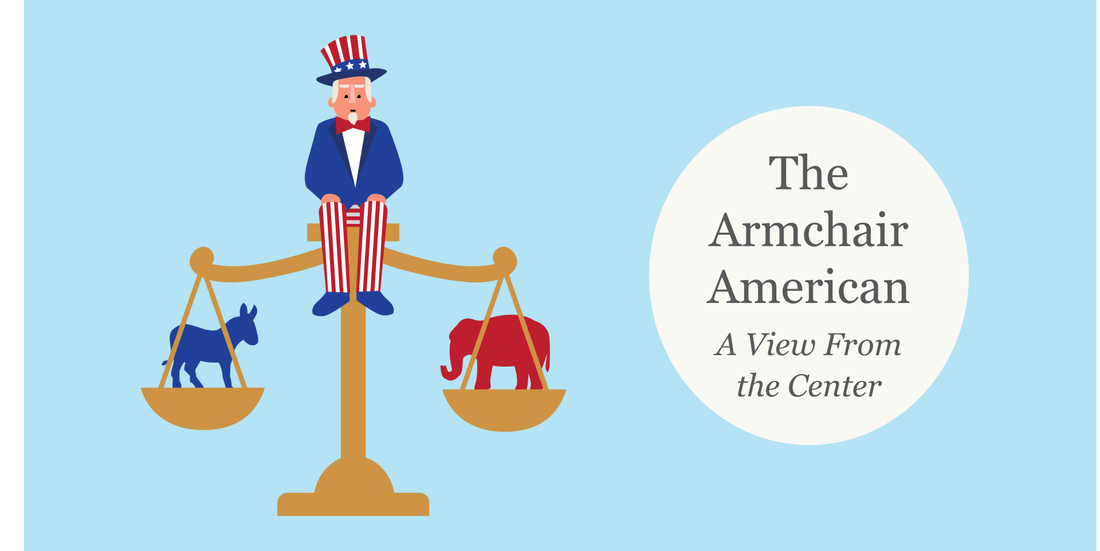

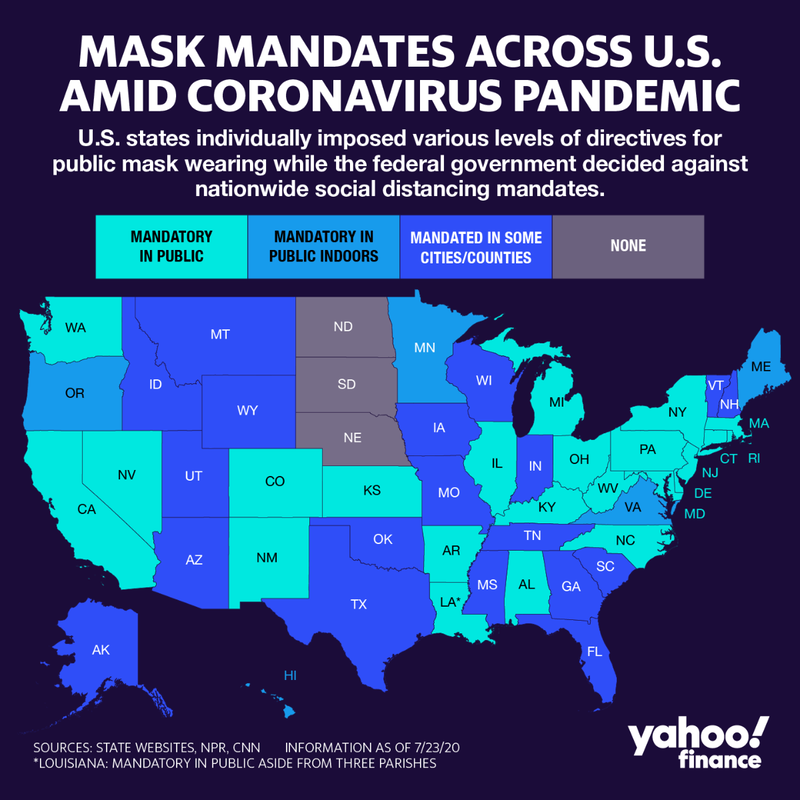
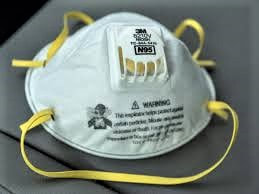


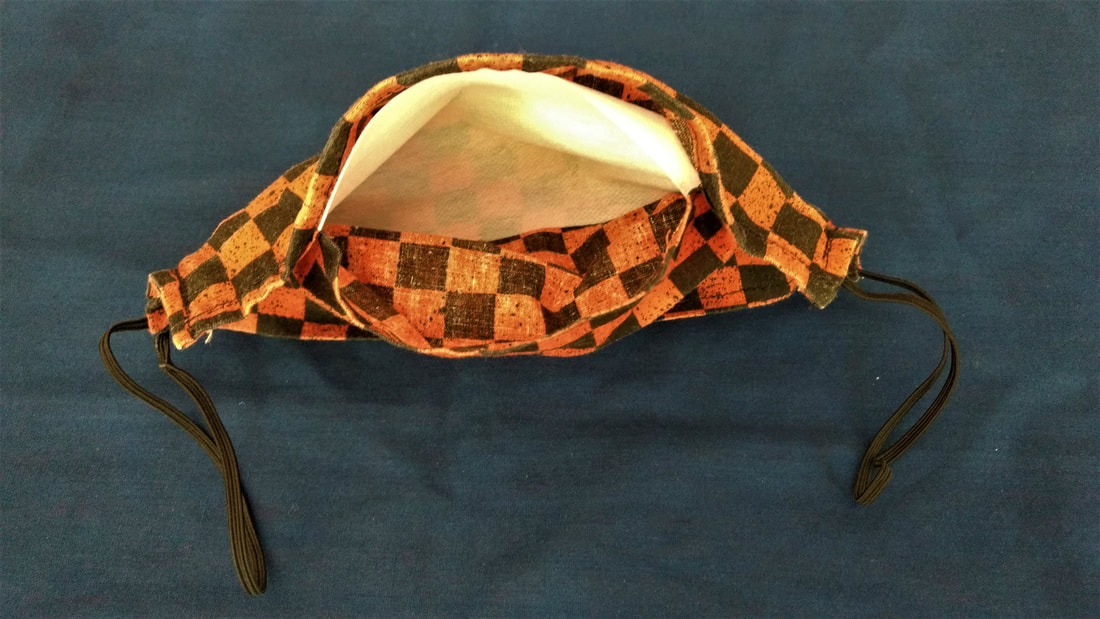
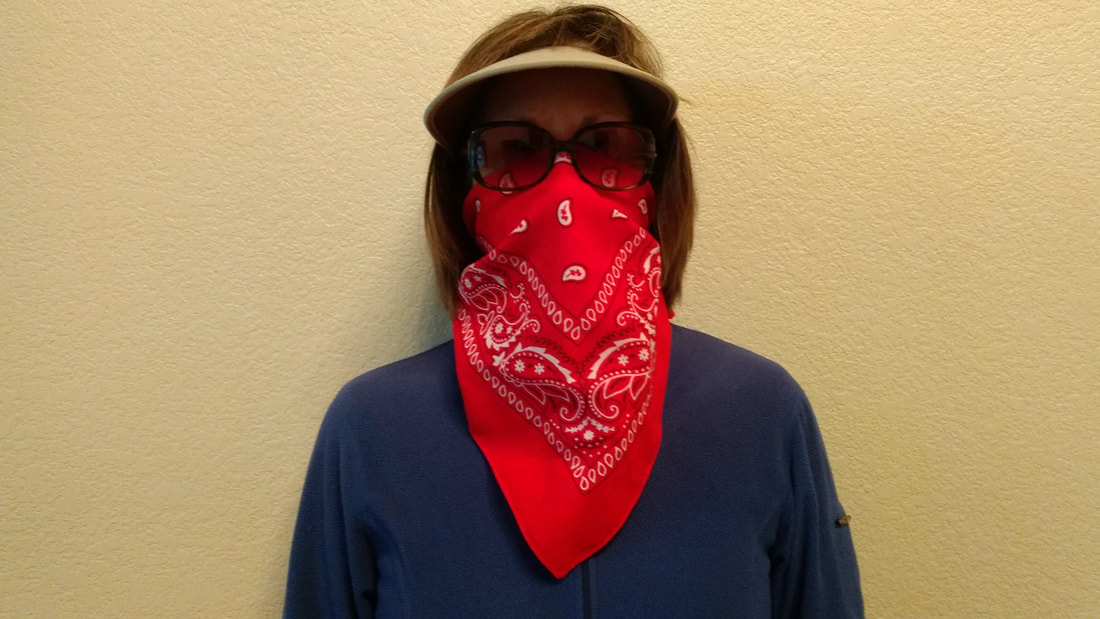
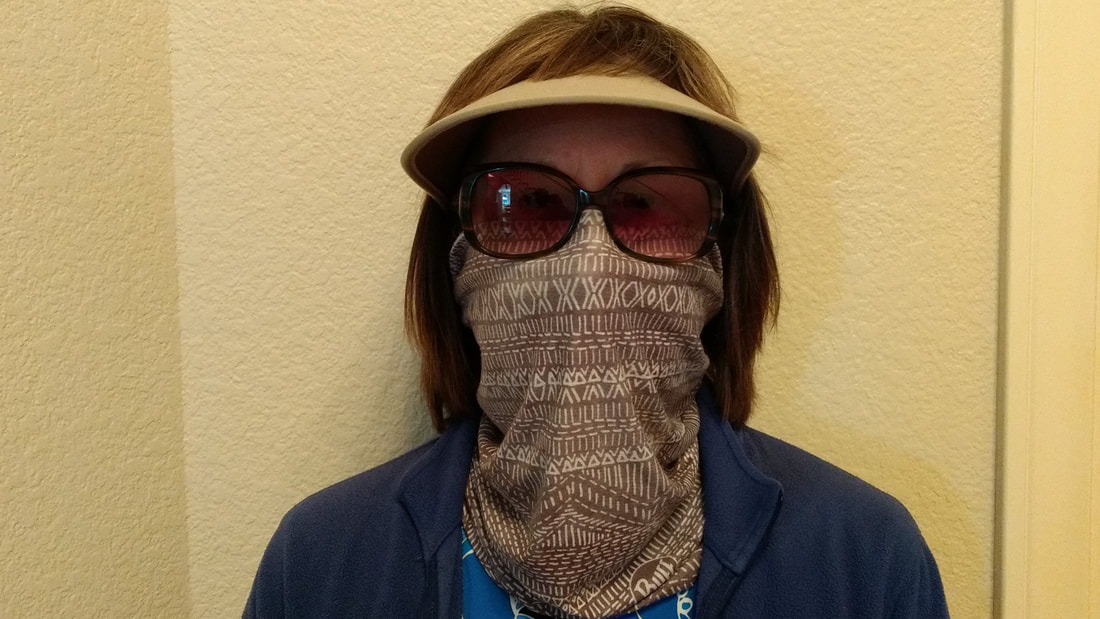
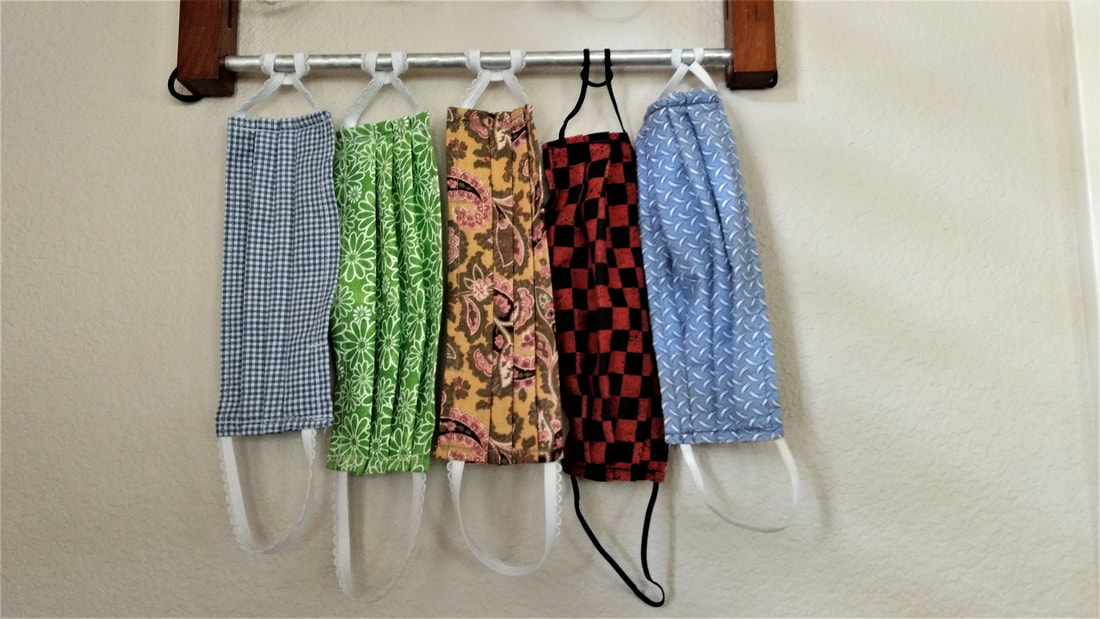

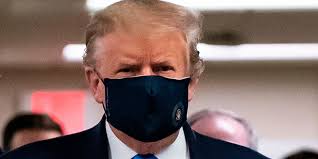
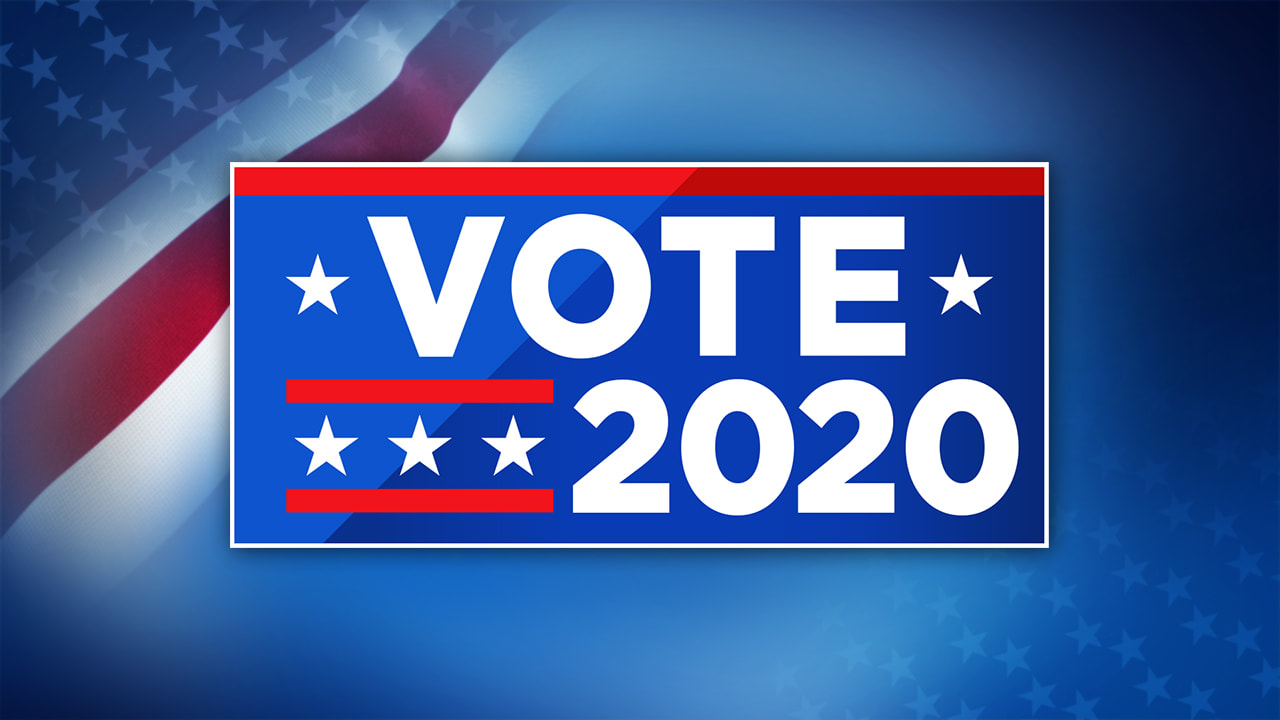



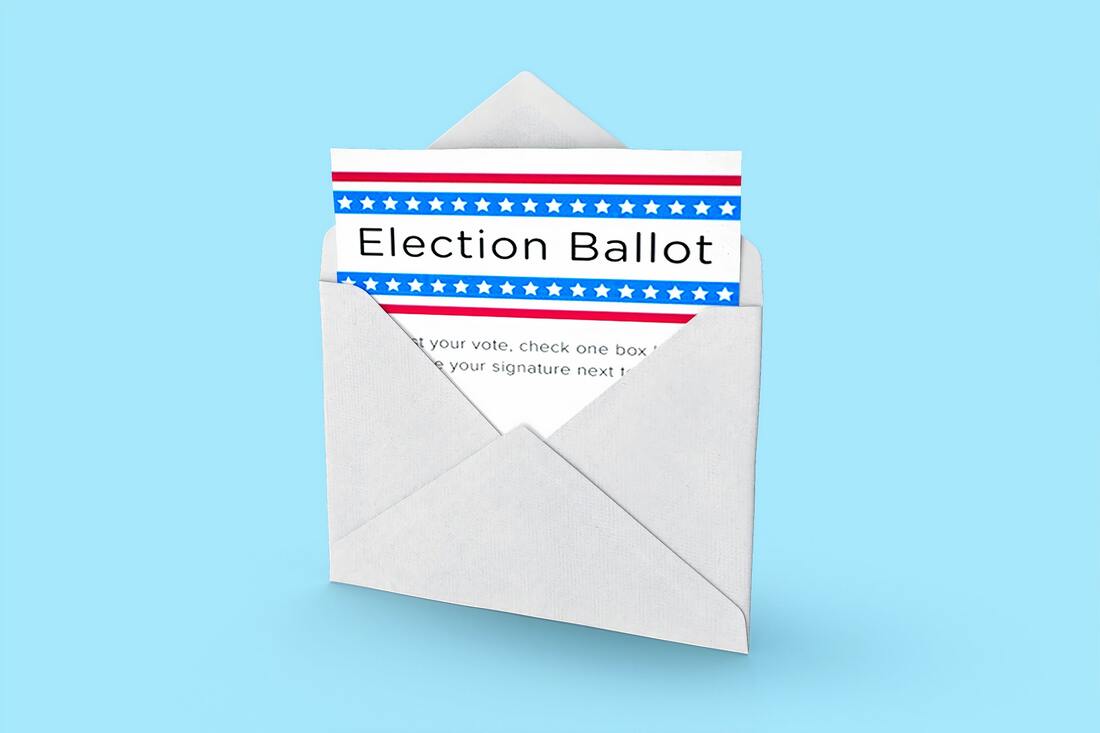
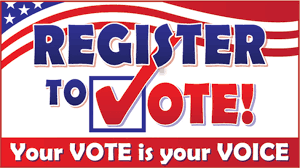
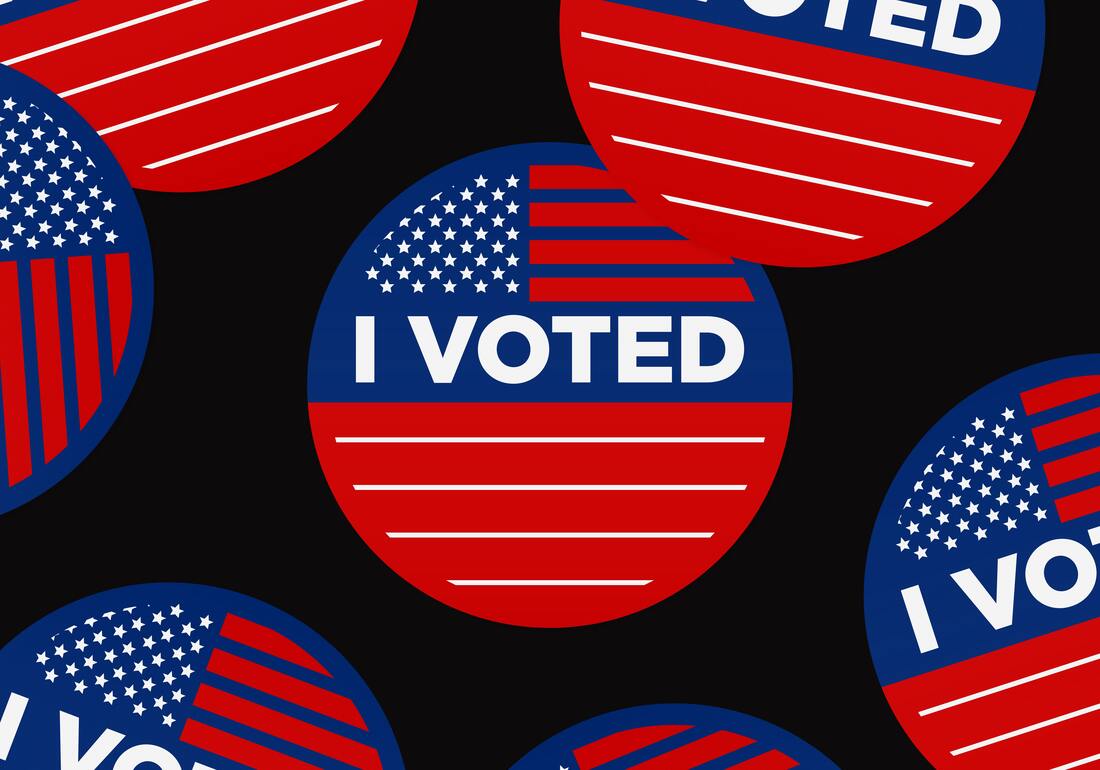
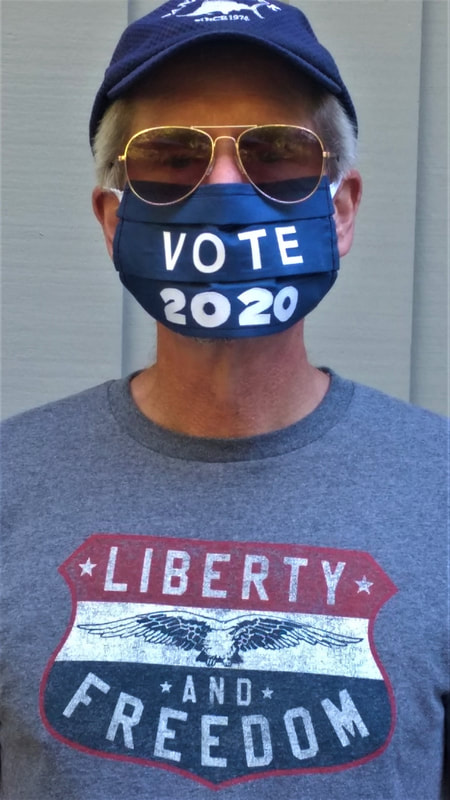
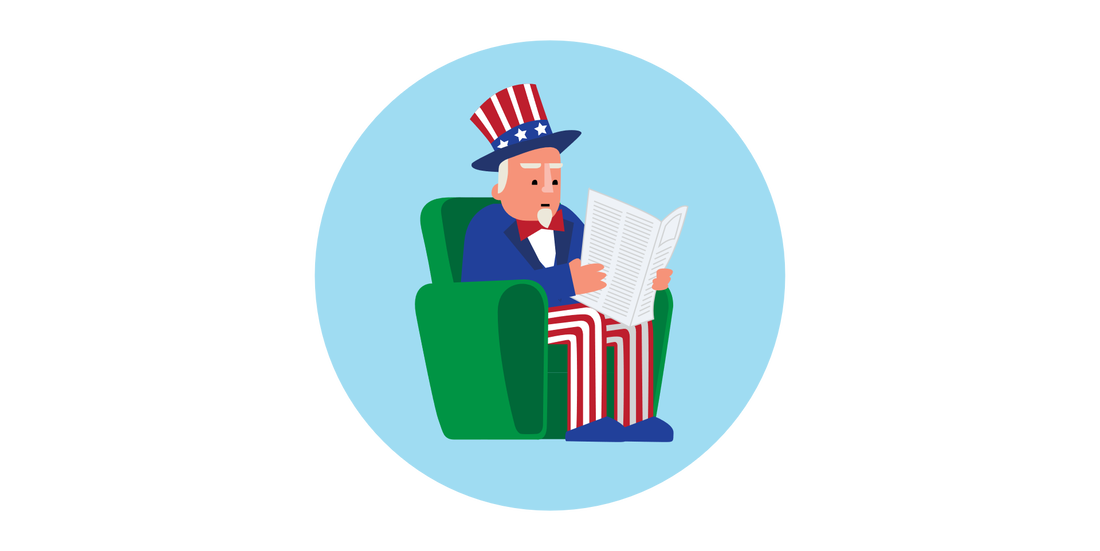
 RSS Feed
RSS Feed